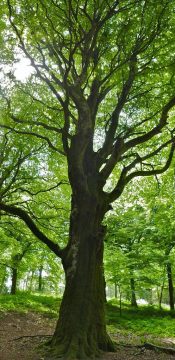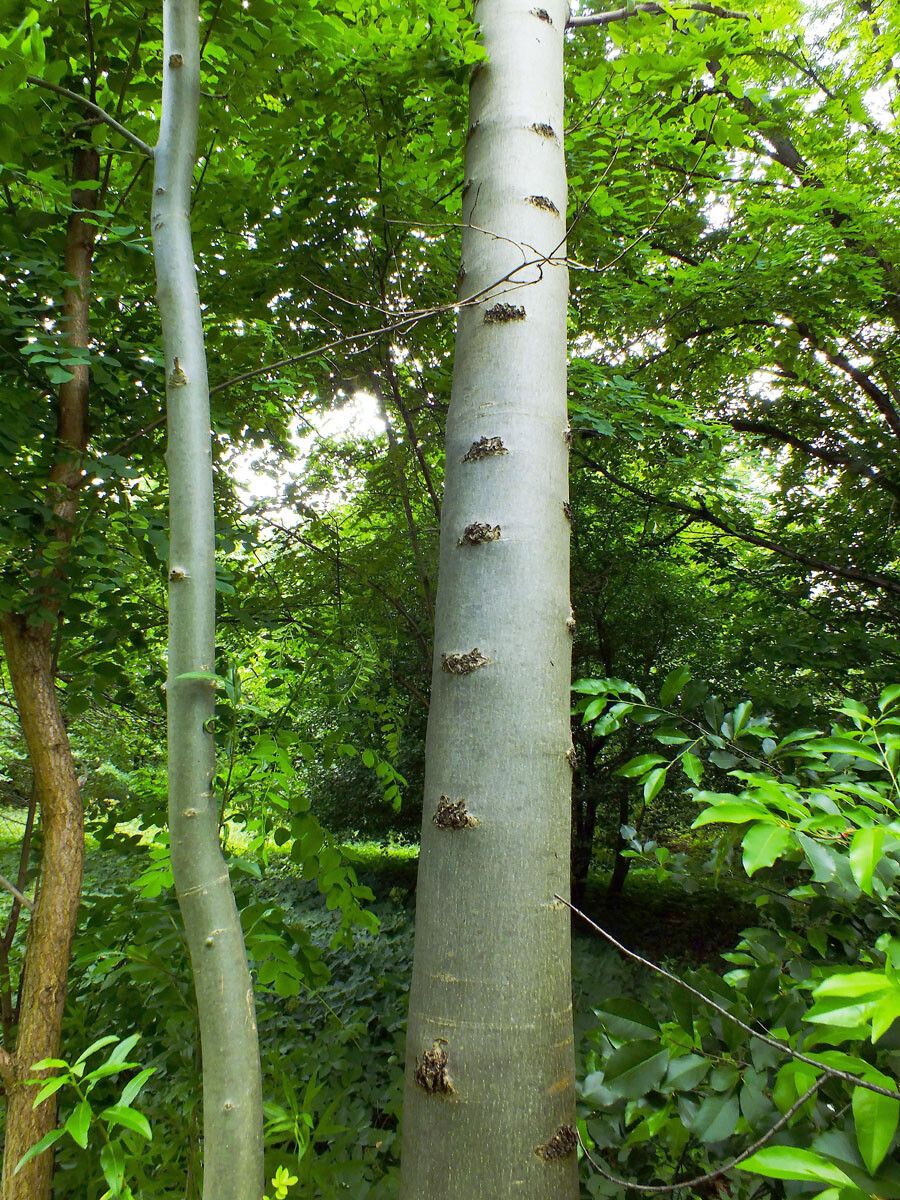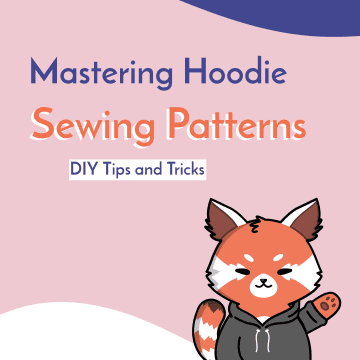- You have no items in your shopping cart
- Continue Shopping
When it comes to eco-friendly and comfortable textiles, modal fabric stands out as a rising star in the fashion industry. Known for its softness, breathability, and sustainable properties, modal has gained popularity among conscious consumers. But have you ever wondered how modal fabric is made? In this blog, we’ll take a deep dive into the fascinating process of creating modal fabric, from its origin in the natural world to the final product in your wardrobe.
The Source: Beech Trees
Modal fabric is derived from beech trees, with two primary species serving as sources: the European beech tree (Fagus sylvatica) and the American beech tree (Fagus grandifolia). These deciduous trees, renowned for their tall, slender trunks and distinctively serrated leaves, provide the essential raw material for modal production.
What sets beech trees apart and makes them ideal for this purpose is the remarkable cellulose content found within their wood. Cellulose, the primary building block of modal fabric, is a complex carbohydrate that forms the structural framework of the tree’s cell walls. This abundant cellulose content is at the heart of modal’s exceptional softness and versatility, making it a coveted choice for eco-conscious consumers seeking both comfort and sustainability in their clothing and textiles.


Harvesting Beech Wood
The process begins with the sustainable harvesting of beech wood. Responsible forestry practices ensure that only a portion of the trees is cut, allowing the forest to regenerate naturally. This sustainable approach helps protect the environment and maintain the delicate balance of ecosystems.
Breaking Down the Wood
Once the beech wood is harvested, it undergoes a series of processes to break down the cellulose fibers. The wood is chipped into small pieces or pulped using chemicals in a process called chemical pulping. This pulp consists primarily of cellulose, the building block of modal fabric.
The Magic of Spinning
The pulp is then dissolved in a chemical solution to create a viscous and sticky substance called cellulose xanthate. This solution is then pushed through tiny holes, forming long, fine fibers. These fibers are then soaked in sulfuric acid to create a regenerated cellulose solution.
The regenerated cellulose solution is forced through spinnerets, which are similar to showerheads with tiny holes. As the solution passes through these holes, it solidifies into fine threads. These threads are then spun into yarn, which will be used to weave or knit into fabric.
The Softening Process
Modal fabric’s remarkable softness comes from a special finishing process. The fabric is immersed in a solution that breaks down the fibers’ surface tension, making them even more pliable and smooth. This process is responsible for modal’s luxurious and silky texture.
Sustainability and Eco-Friendly Benefits of Modal Fabric
Modal fabric offers several sustainability advantages:
Renewable Source:
Beech trees are a remarkable resource for modal fabric production due to their renewable nature. Unlike some raw materials that take decades or even centuries to regenerate, beech trees grow relatively quickly, typically maturing in 40-80 years. This rapid growth cycle ensures a consistent and sustainable supply of wood for modal production. In responsible forestry practices, only a portion of the beech trees is harvested, allowing the remaining trees to continue growing and maintaining the integrity of the forest ecosystem.
Eco-Friendly Production:
One of the standout features of modal fabric is its eco-friendly production process. In comparison to fabrics like cotton, modal manufacturing is significantly more efficient in its resource utilization. For instance, it requires substantially less water to produce modal fabric, a crucial consideration in regions prone to water scarcity. Moreover, the energy demands of modal production are lower, contributing to reduced greenhouse gas emissions. This eco-conscious approach aligns with the growing global awareness of the need for sustainable and environmentally responsible textiles.
Biodegradability:
Modal fabric’s biodegradability is a notable advantage when considering its environmental impact. When modal garments reach the end of their lifecycle and are disposed of, they naturally break down over time. This characteristic significantly reduces the long-term burden of textile waste in landfills and minimizes environmental harm. Modal’s biodegradability aligns with the broader push for sustainable materials that leave a smaller ecological footprint.
Chemical Recycling:
In pursuit of even greater sustainability, some modal manufacturers have embraced closed-loop processes. These innovative systems aim to recycle and reuse the chemicals used in modal production. By efficiently recovering and reusing these chemicals, modal production becomes more efficient and generates less waste. This reduction in waste is a win for both the environment and manufacturers’ bottom lines. Chemical recycling demonstrates the industry’s commitment to minimizing its environmental impact and moving towards a more circular and sustainable approach to textile production.
Now, if you’re curious about how modal fabric compares to other materials or how to care for it, you might be interested in our blog on “Does Modal Shrink?” and its disadvantages. Additionally, for those looking to explore creative textile design, we have another blog discussing “Is Nylon Stretchy?” and ways to elevate clothing design. By understanding these aspects, you’ll have a more comprehensive view of textiles and can make informed choices for your clothing needs.
Modal fabric is a testament to the marriage of science, nature, and sustainability in the textile industry. From the sustainable harvesting of beech wood to the intricate processes that transform it into luxurious fabric, modal exemplifies the possibilities of eco-friendly and comfortable textiles. As consumers become more conscious of their environmental footprint, modal fabric is likely to continue its rise as a favored choice for clothing and textiles. So, the next time you slip into a soft, breathable modal garment, you can appreciate the journey it took from the forest to your wardrobe.



